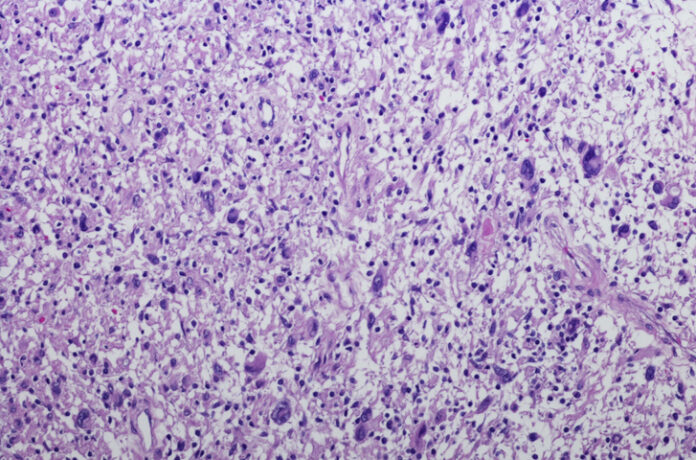
A study by Danish researchers has found that people taking anticoagulant medications face double the risk of experiencing an internal bleed when they also use non-steroidal anti-inflammatory drugs (NSAIDs) such as ibuprofen, diclofenac, or naproxen. Anticoagulants are commonly prescribed to people who develop venous thromboembolism (VTE) which affects roughly one in twelve people. NSAIDs are a common class of painkillers, available over the counter in many countries, taken to manage pain and inflammation.
The findings, published in the European Heart Journal, could help guide physicians in the care of patients on anticoagulants to protect them from this internal bleeding risk.
The study was led by a research team at Aarhus University Hospital in Denmark. It analyzed a nationwide registry data of 51,794 patients treated with anticoagulants for VTE between 2012 and 2022.
“We found that for patients taking blood thinners for blood clots in the legs or lungs, using NSAIDs doubled the risk of bleeding compared with not using NSAIDs. The increased bleeding risk associated with NSAID use was not limited to the digestive tract but also seemed to affect other organ systems,” said study author Søren Riis Petersen a medical student at Aarhus University. “For people taking blood thinners for blood clots in their legs or lungs, our research highlights the importance of being cautious when considering NSAIDs for pain or inflammation. We recommend that patients consult their doctor before taking NSAIDs along with a blood thinner.”
While ibuprofen is widely available over the counter in countries such as the U.S., the research was widely aided by the fact that about 75% of ibuprofen use in Denmark is via prescriptions, which allowed the team to closely compare outcomes for patients on anticoagulants who took NSAIDs with those who did not.
Overall, the researchers found that the use of NSAIDs in patients taking anticoagulants was associated with a 2.09-fold increase in the risk of internal bleeding. When broken down by specific NSAIDs, the study showed that increased bleeding risks varied widely by medication: ibuprofen was linked to a 1.79-fold increase, diclofenac to a 3.3-fold increase, and naproxen to a 4.1-fold.
Digging deeper, the investigators sought to find risks to specific organ systems affected, finding a 2.24-fold higher risk of gastrointestinal bleeds, a 3.22-fold increased risk of brain bleeds, a 1.36-fold increase for lung bleeds, and a 1.57-fold higher risk for urinary tract bleeding. The research also revealed a near-tripling of the risk for anemia caused by bleeding. This comprehensive examination covered both direct-acting oral anticoagulants (DOACs) like rivaroxaban and apixaban and vitamin K antagonists such as warfarin, showing a consistent pattern of risk across these different medications.
The researchers acknowledged limitations within their study, such as the potential misclassification of NSAID use due to non-prescription purchases and incomplete adherence data, though they believe these factors were unlikely to significantly change the core findings.
The study supports recommendations for physicians to carefully weigh the risks and benefits of NSAID use in patients on anticoagulants and to explore alternative pain management strategies where possible. The use of protective measures, such as proton pump inhibitors, may also be warranted to mitigate bleeding risks in patients where NSAIDs are deemed necessary.









